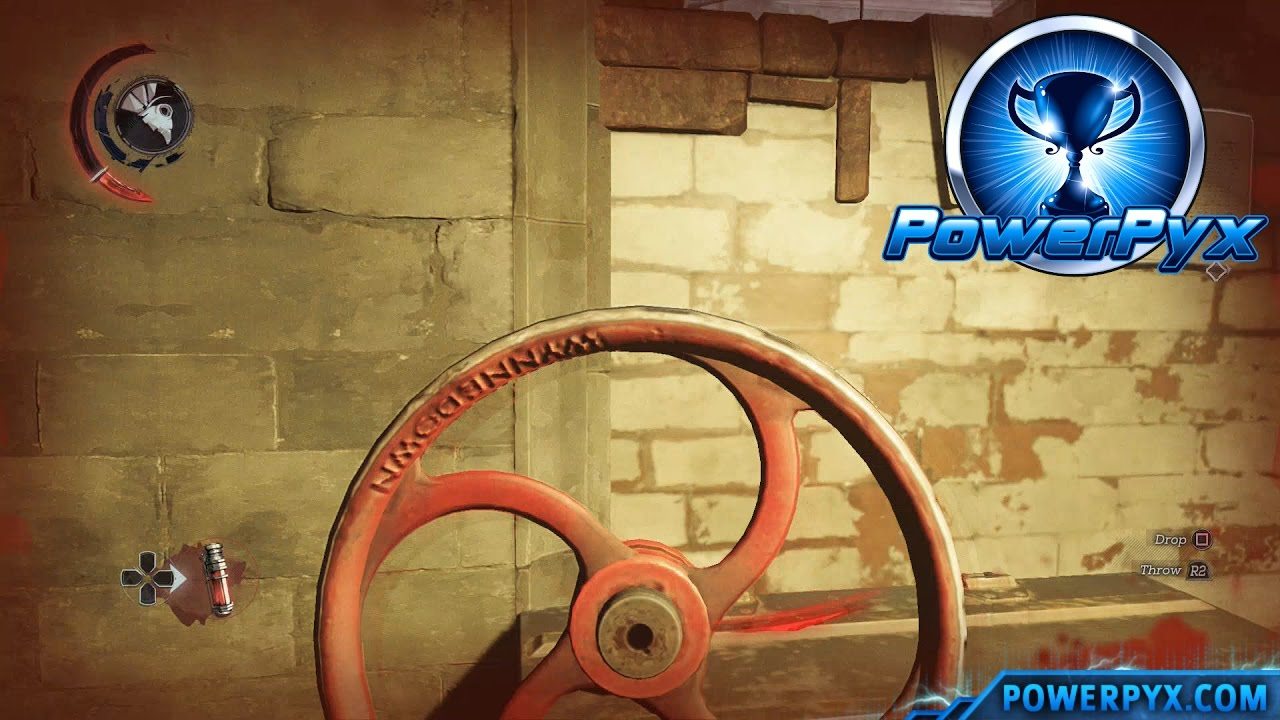
For this run, I’m going to play as Corvo. My first judgement is simple, who to play as. I will be the judge, jury and executioner for all of Karnaca, safeguarding the innocent and killing the guilty. Hence, what if we extrapolated Dishonored’s core mechanic across every citizen in Dishonored 2, dispensing justice like a whalepunk Judge Dredd? That’s my plan for this run of Dishonored 2. The cities of Dunwall and Karnaca are prowled by corrupt guards and thuggish gangsters, while all manner of thieves and killers hide in plain sight among the Empire’s citizenry. Yet beyond these key imperial conspirators is an Empire bustling with criminals and rogues. Dishonored 2 never guides players toward one option or the other, yet throughout each level are documents, recordings and other environmental details that provide insight into that character’s life and personality, helping players judge for themselves the best way to deal with their target. This notion of judgement is most evident in the assassination targets Corvo and Emily pursue in each mission, who can be dispatched via lethal or nonlethal methods. What’s the best way to clear out this room? Or what’s the best way to sneak through it? How should I kill this person? Actually, should I kill them at all? Instead, those decisions are always made with a view to their potential consequences. After all, when you make decisions in Dishonored, you aren’t simply selecting from a list of potential actions, as you would order a dish from a takeaway menu. The Dishonored games are often described as being about choice, but it might be more fitting to say they are about judgement. For more quality articles about all things PC gaming, you can subscribe now in the UK and the US.

This article was originally published as a diary series across four issues of PC Gamer.


 0 kommentar(er)
0 kommentar(er)
